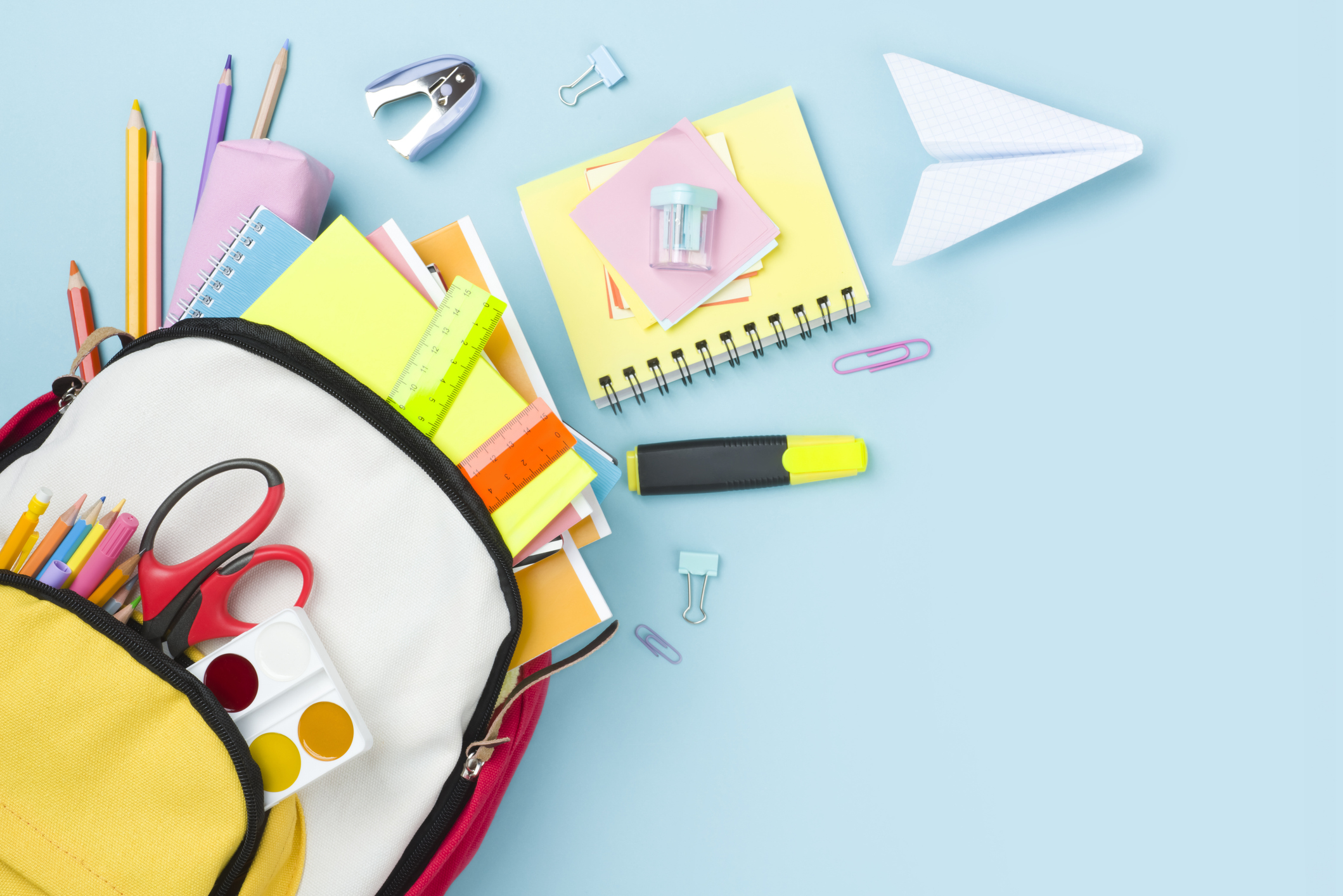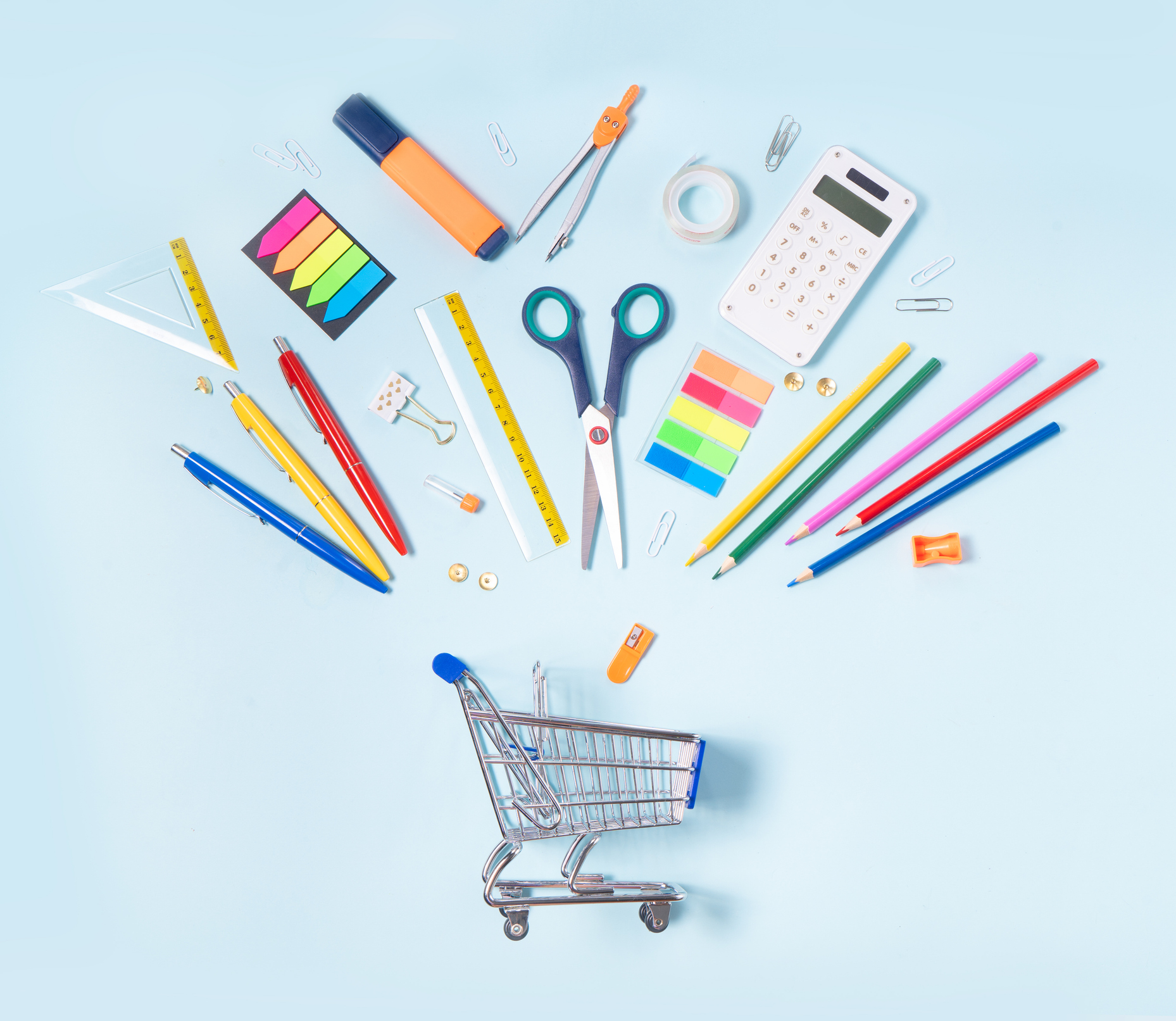Slow Start for Back-to-School Sales
Consumers are still saying 'show me the discount' but in the end, they'll stock up.
After two years of declining back-to-school sales for retailers, a 3% increase is likely this year. That’s hardly top marks, but after the failing grades of 2008 and 2009, it can be considered at least a C. Persistent high unemployment is likely to keep consumers from splurging, and bargain hunting will continue during retailers’ second-busiest selling season of the year.
Though there has been some letup in shoppers’ penny-pinching since the recession ended, it’s not clear how quickly consumers will revert to previous shopping habits -- if they ever do. For now, penny-wise shoppers will seek out the deepest discounts and best values on everything from pens and pencils to notebook computers and dorm furnishings. Retailers will ante up with eye-popping discounts “just to drive traffic to the stores” in the hope that customers will buy more when they get inside, says Michael Souers, an equity analyst for Standard & Poor’s. Office Depot and Staples, for example, both have plans to sell basic school supplies for loose change.
Shoppers are likely to delay some purchases well past the start of the school year as well. Clothing buys, especially, are likely to come later than usual, as kids wait to see what’s hot. Says Frank Badillo, vice president and senior economist at Kantar Retail, a retail consultancy: “If the deal-seeking behavior holds strong, then people will do their shopping when they get the best deals.”
From just $107.88 $24.99 for Kiplinger Personal Finance
Become a smarter, better informed investor. Subscribe from just $107.88 $24.99, plus get up to 4 Special Issues

Sign up for Kiplinger’s Free Newsletters
Profit and prosper with the best of expert advice on investing, taxes, retirement, personal finance and more - straight to your e-mail.
Profit and prosper with the best of expert advice - straight to your e-mail.
Certainly retailers will have to lure consumers with a combination of distinctive products and prices that make them worth it -- a combination of “high fashion quotient and value,” says Marie Driscoll, director, consumer discretionary retail, U.S. Equity Research at Standard & Poor’s. Teen clothing seller American Eagle Outfitters, for example, is offering customers who try on a pair of jeans a free smart phone, though the phone comes with a two-year service plan that recipients have to pay for.
In fact, electronics -- especially e-readers and smart phones -- and other hard goods such as room furnishings will be at the top of shoppers’ lists. Another priority: New shoes, according to Driscoll. Not only do kids regularly outgrow them, but fashionable new styles are enticing shoppers of all ages to spend more apparel dollars on footwear. From April-February 2010, shoe sales were up more than 16% over the same period in 2009, according to The NPD Group, a market research company.
Otherwise, shoppers will restock the items they need, especially if they cut back last year. “You can’t skip two years,” says Marshal Cohen, chief industry analyst at NPD. “Kids outgrow and outwear clothes and accessories too fast to be able to go that long without updating wardrobes.” Online sales across various categories should get a boost, since more Internet oriented younger shoppers are involved in back-to-school choices.
Although the 3% pace of growth for the back-to-school selling season will be a bit slower than it was earlier in the year, retail sales will actually perform better. Sales in early 2009 were so sluggish that even a small increase in dollar value meant a larger percentage gain. Overall, we expect retail sales to grow about 4% in 2010.
Profit and prosper with the best of Kiplinger's advice on investing, taxes, retirement, personal finance and much more. Delivered daily. Enter your email in the box and click Sign Me Up.
-
 Changes Are Coming for This Invesco Bond Fund
Changes Are Coming for This Invesco Bond FundThe Invesco BulletShares 2026 Corporate Bond ETF's bonds will mature in 2026. Here's what investors should do.
-
 What Science Reveals About Money and a Happy Retirement
What Science Reveals About Money and a Happy RetirementWhether you’re still planning or already retired, these research-based insights point the way to your best post-work life.
-
 7 Retirement Planning Trends: What They Mean for You in 2026
7 Retirement Planning Trends: What They Mean for You in 2026From government shutdowns to market swings, the past 12 months have been nothing if not eventful. The key trends can help you improve your own financial plan.
-
 AI Appliances Aren’t Exciting Buyers…Yet
AI Appliances Aren’t Exciting Buyers…YetThe Kiplinger Letter Artificial intelligence is being embedded into all sorts of appliances. Now sellers need to get customers to care about AI-powered laundry.
-
 Banks Are Sounding the Alarm About Stablecoins
Banks Are Sounding the Alarm About StablecoinsThe Kiplinger Letter The banking industry says stablecoins could have a negative impact on lending.
-
 21 Last-Minute Gifts for Grandparents Day 2025 to Give Right Now
21 Last-Minute Gifts for Grandparents Day 2025 to Give Right NowHoliday Tips Last-minute gifting is never easy. But here are some ideas to celebrate Grandparents Day.
-
 Texas Sales Tax-Free Weekend 2025
Texas Sales Tax-Free Weekend 2025Tax Holiday Here's what you needed to know about the Texas sales tax holiday.
-
 Big Changes Are Ahead for Higher Ed
Big Changes Are Ahead for Higher EdThe Kiplinger Letter A major reform of higher ed is underway. Colleges are bracing for abrupt change, financial headwinds and uncertainty.
-
 Alabama Tax-Free Weekend 2025
Alabama Tax-Free Weekend 2025Tax Holiday Here’s everything you need to know about the 2025 back-to-school Alabama sales tax holiday.
-
 What New Tariffs Mean for Car Shoppers
What New Tariffs Mean for Car ShoppersThe Kiplinger Letter Car deals are growing scarcer. Meanwhile, tax credits for EVs are on the way out, but tax breaks for car loans are coming.
-
 AI’s Rapid Rise Sparks New Cyber Threats
AI’s Rapid Rise Sparks New Cyber ThreatsThe Kiplinger Letter Cybersecurity professionals are racing to ward off AI threats while also using AI tools to shore up defenses.